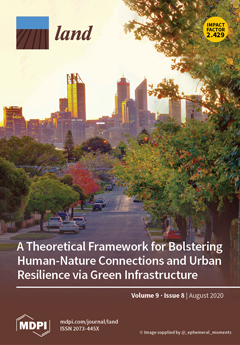Glacial Rock Flour as Soil Amendment in Subarctic Farming in South Greenland
Agriculture in subarctic regions is limited by a short and cold growing season. With warming in the region, the number of growing days and, consequently, the potential for agricultural intensification and expansion may increase. However, subarctic soils are typically acidic, low in plant-available nutrients, and coarsely textured, so they require soil amendment prior to intensification. This is the case in South Greenland, where we tested the use of glacial rock flour (GRF) produced by glaciers as a soil amendment.









